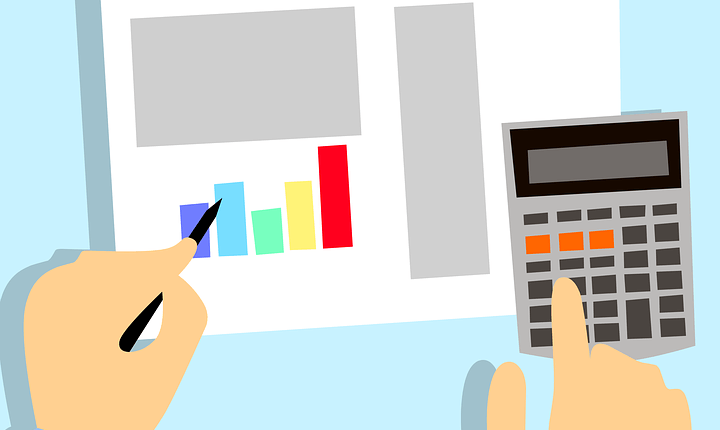A bid-ask spread highlights the difference between the maximum price buyers are willing to pay for an asset, and the minimum price sellers are ready to accept. The bid (or buy/purchase) price refers to the price quoted by the buyers, while the ask (or offer/sale) price is the cost at which the sellers look forward to getting the deal completed.
The bid-ask spread is the transaction cost recorded as the trade exchange occurs and highlights the stock’s liquidity. As a thumb rule, the wider the spread, the less liquid that stock is likely to be.
The bid-ask spread, which can be expressed in absolute or percentage terms, can be calculated using the formula: subtraction of ask/offer price from bid/buy (absolute) or ((subtraction of ask/offer price from the bid/buy price) divided by the ask/offer price) multiplied by 100. For example, if the ask price for a stock is Rs 150 and the bid price for the same stock is Rs 135, then the bid-ask spread for that stock is Rs 15 on an absolute basis or 10%.
The size of the bid-ask spread in a security is also a good mark of a market’s liquidity. For instance, the currency market is generally regarded to be the most liquid, with a bid-ask spread as minimal as 0.001%.
The bid-ask spread aids traders in minimising risks. If a trader or investor is keen on entering or exiting the equity market fast, they can monitor the bid-ask spread, since tighter spreads highlight higher stock liquidity. In such a scenario, it can be easier to get in and out of a position immediately, which reduces the overall risk.
The bid-ask spread is worth scrutinising when buying or selling a security, particularly in the case of an investment with low liquidity. A few assets such as large-cap stocks may have so much supply and demand that the spread is not really noticeable, while other securities such as micro-cap stocks or a few bonds are likely to have spreads that make up a noticeable percentage of the price of an asset.

Rajiv is an independent editorial consultant for the last decade. Prior to this, he worked as a full-time journalist associated with various prominent print media houses. In his spare time, he loves to paint on canvas.





